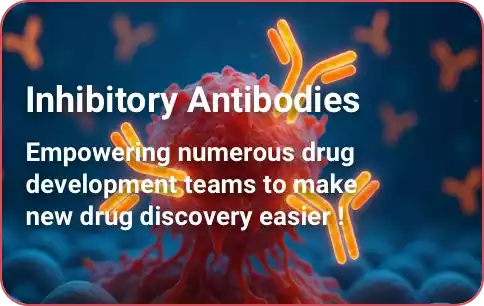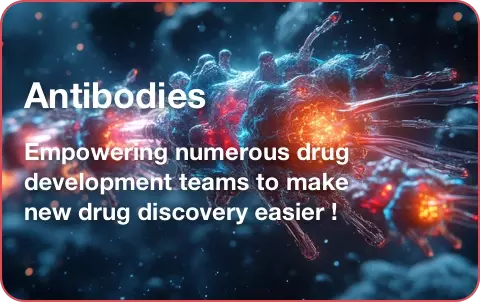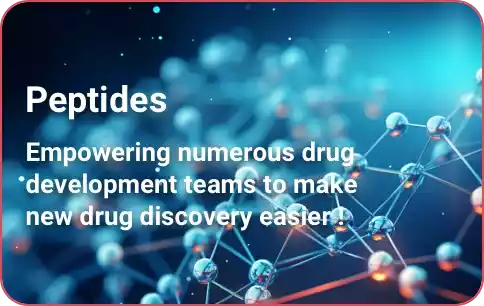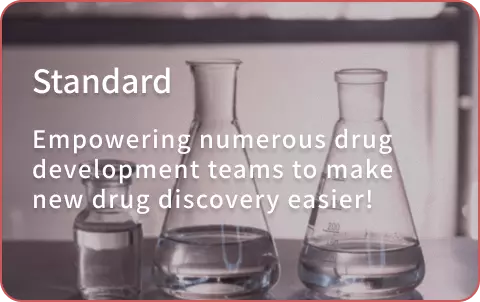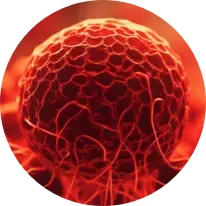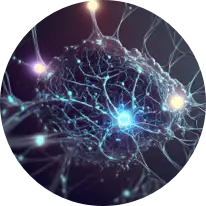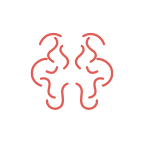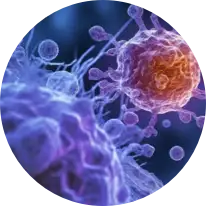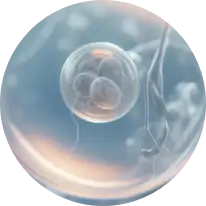 Your shopping cart is currently empty
Your shopping cart is currently empty

Cardiovascular disease
Cardiovascular diseases refer to a group of conditions affecting the heart and blood vessel system, including coronary artery disease (leading to angina and myocardial infarction), hypertension, heart failure, cerebrovascular diseases, and others. These diseases are often closely associated with impaired vascular health, such as atherosclerosis, and lifestyle factors such as unhealthy diet, lack of exercise, smoking, and excessive drinking are also major contributors. Cardiovascular diseases are one of the leading health problems worldwide and are among the primary causes of death in adults. Prevention and treatment of cardiovascular diseases require not only lifestyle changes but also play a crucial role in pharmacotherapy and surgical interventions. Researchers are dedicated to deciphering the pathogenesis of cardiovascular diseases and developing and testing new drugs and treatment strategies to more effectively address the challenges posed by these diseases.







